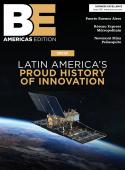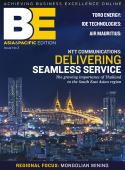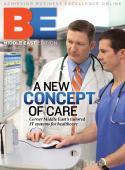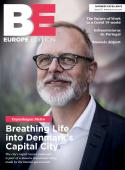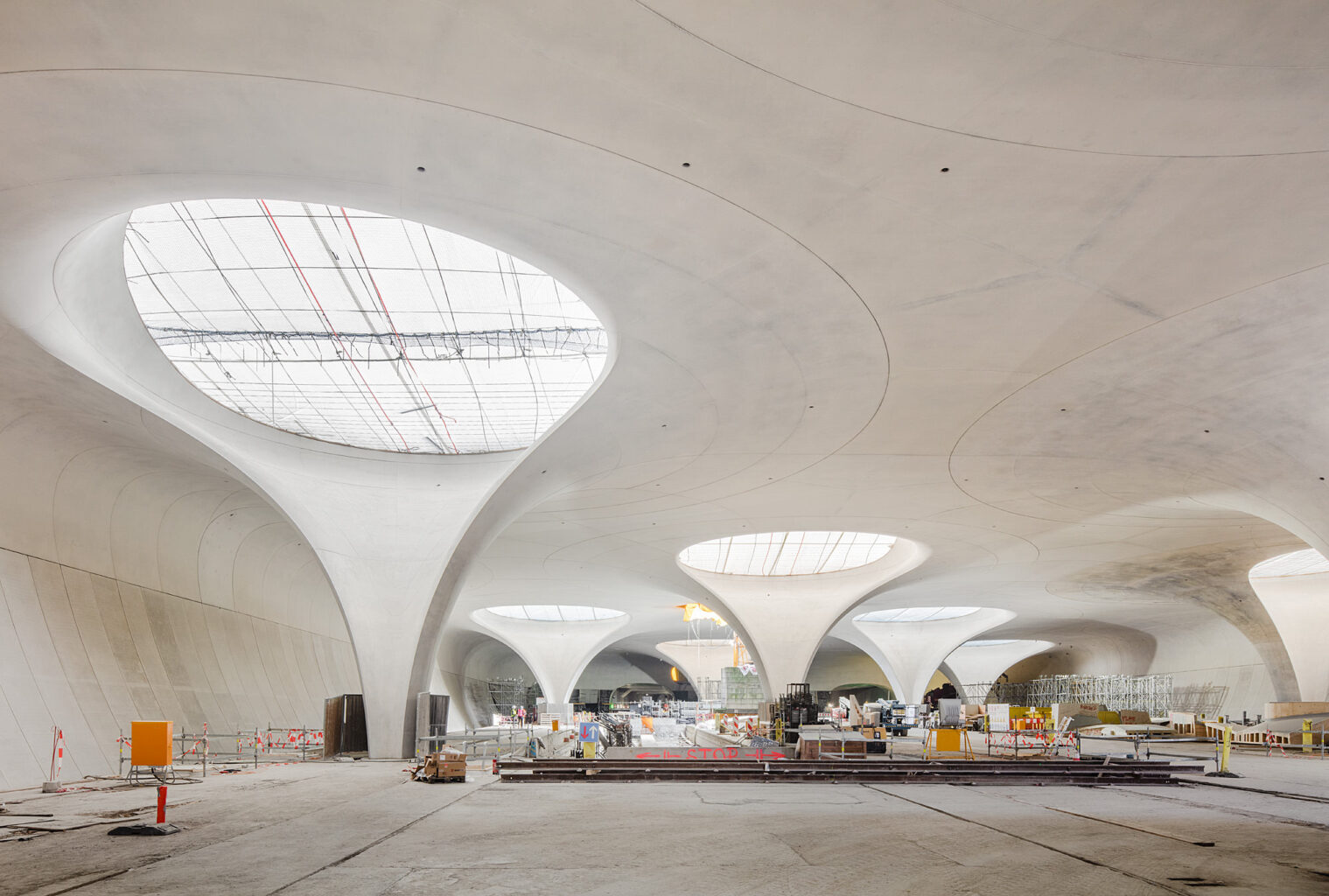
The Stuttgart 21 Railway Project is a monumental undertaking in the heart of Europe’s transportation network, symbolizing innovation, connectivity, and urban transformation. Envisioned as a transformative venture, this multi-billion-euro project aims to reimagine Stuttgart’s central railway hub, connect key cities across Europe, and redefine the urban landscape of one of Germany’s major cities. Despite challenges, Stuttgart 21 exemplifies a forward-thinking approach to modern infrastructure development, offering lessons in ambition, collaboration, and resilience.
A Project of Historic Scale
Launched officially in 1994 and currently nearing completion, Stuttgart 21 is an integral segment of the trans-European high-speed railway network linking Paris and Budapest. At its core, the project involves converting Stuttgart Hauptbahnhof from a terminus into an underground through station, eliminating bottlenecks and enabling seamless rail travel. It features groundbreaking engineering, with 60 kilometers of new railway, 16 tunnels, 18 bridges, and over 25 kilometers of high-speed track. Deutsche Bahn (DB), Germany’s national railway operator, leads the initiative, supported by numerous regional and international stakeholders.
Berthold Huber, Member of the DB Infrastructure Board, highlighted the project’s importance: “Stuttgart 21 is the most complex commissioning of a new railway hub in Europe in recent decades. It embodies the future of sustainable mobility in Germany and beyond.”
Revolutionizing Connectivity
One of Stuttgart 21’s primary goals is to enhance connectivity, both regionally and internationally. Travel times between key destinations will dramatically decrease:
- Stuttgart Hauptbahnhof to Stuttgart Airport: reduced from 27 minutes to 8 minutes.
- Ulm to Stuttgart Airport: from 1 hour 35 minutes to 30 minutes.
- Stuttgart to Ulm: just 27 minutes for long-distance services.
Additionally, the new Merklingen - Schwäbische Alb station will unlock regional rail access, benefiting millions of passengers annually.
Winfried Hermann, Minister of Transport for Baden-Württemberg, stated: “The connectivity improvements fostered by Stuttgart 21 will place our region at the forefront of Europe’s high-speed rail revolution.”
Architectural and Urban Marvel
Stuttgart 21’s architectural vision redefines the relationship between transportation and urban living. The underground station hall, designed by ingenhoven architects, combines elegance with innovation. The hall’s centerpiece is its 28 chalice-shaped columns, each rising to meet a translucent roof that allows natural light to cascade into the space. These columns, crafted with precision from reinforced concrete, are both functional and aesthetic—supporting the station’s structure while creating a serene ambiance for travelers.
The roof’s steel-and-glass design is more than an artistic statement; it reflects an eco-conscious approach. By leveraging natural light and enhancing thermal regulation, the station reduces its energy footprint, setting a new benchmark for sustainable transportation hubs. The dimensions of the hall—47 meters long and 80 meters wide—underscore its capacity to handle significant passenger volumes while maintaining an open, inviting environment.
Above ground, Stuttgart 21 unlocks 100 hectares of prime urban land, previously dominated by rail tracks. This space is being transformed into the Stuttgart Rosenstein district, a masterclass in sustainable urban development. Rosenstein will feature residential zones, commercial hubs, parks, and cultural landmarks, all designed to meet climate-neutral standards. The district’s seamless integration with Stuttgart’s iconic Palace Gardens enhances the city’s green footprint while providing residents and visitors with new recreational opportunities.
Dr. Frank Nopper, Lord Mayor of Stuttgart, emphasized: “Stuttgart 21 is not just a railway project; it’s a catalyst for urban renewal. Its architectural brilliance and urban regeneration initiatives make our city more vibrant and future-ready, serving as a global example of infrastructure innovation.”
The project’s integration of architecture and urban planning addresses key challenges faced by modern cities: reducing noise pollution, mitigating urban sprawl, and fostering walkable environments. By relocating rail operations underground, Stuttgart 21 minimizes urban fragmentation, creating a cohesive cityscape where historic landmarks coexist harmoniously with cutting-edge infrastructure.
Moreover, the design’s focus on accessibility is transformative. Barrier-free pathways, elevators to every platform, and intuitive wayfinding systems ensure inclusivity for passengers with reduced mobility. The station’s design also anticipates future demands, with adaptable infrastructure that can evolve alongside the city’s growth.
Incorporating eco-friendly principles into its design, Stuttgart 21 underscores the importance of sustainability in modern infrastructure. From energy-efficient materials to the expanded green spaces that will envelope the district, the project reflects a commitment to balancing progress with environmental stewardship. The Palace Gardens—extended and revitalized—symbolize this harmony, offering a natural oasis in the heart of Stuttgart’s urban landscape.
Stuttgart 21’s architectural and urban innovations establish it as a model for integrating infrastructure with the natural and built environments. This is not merely a station; it is a visionary statement about the future of cities.
Engineering Triumphs and Challenges
The project’s engineering achievements are as impressive as its vision. Completing 56 kilometers of tunnels required advanced tunneling methods to navigate Stuttgart’s challenging geology, including swelling anhydrite. By September 2023, all tunnels were successfully excavated, marking a major milestone.
However, Stuttgart 21 has faced significant hurdles, including delays, cost overruns, and environmental concerns. Initially budgeted at €2.6 billion, estimates now range between €11 and €12 billion. Public protests and safety critiques, such as the steep underground platform gradients and fire safety considerations, have further complicated progress. Despite these setbacks, stakeholders remain steadfast in their commitment.
Wolfgang Drexler, Project Spokesman, acknowledged: “We underestimated the complexity early on. Yet, overcoming these challenges underscores the project’s transformative potential and the determination of all involved.”
Pioneering Sustainability
Environmental considerations are integral to Stuttgart 21’s mission. By promoting rail over road travel, the project aims to significantly reduce carbon emissions. Additionally, its urban renewal component integrates green spaces, expands the city’s Palace Gardens, and establishes Stuttgart Rosenstein as a climate-neutral district.
The Digital Node Stuttgart (DKS) project complements these efforts by modernizing rail control systems with energy-efficient, digital technologies. ETCS (European Train Control System) implementation ensures optimized train traffic, further enhancing sustainability.
Driving Economic Growth
The Stuttgart 21 project is not only a catalyst for infrastructure but also a driver of economic growth. Construction has created thousands of jobs, both directly and indirectly, benefiting local suppliers and contractors. Companies such as SÜlzle Stahlpartner, ROBUSTA-GAUKEL, and MC-Bauchemie have provided specialized materials and expertise, ensuring regional economic benefits.
Dr. Volker Wissing, Federal Minister for Digital Affairs and Transport, emphasized: “Stuttgart 21 exemplifies the power of partnerships in achieving infrastructure goals that benefit entire regions and nations.”
Enhancing Passenger Experience
Stuttgart 21’s design prioritizes passenger convenience and accessibility, redefining what travelers can expect from a modern transportation hub. Every aspect of the station is crafted to offer seamless, efficient, and enjoyable experiences for millions of annual users.
Accessibility Redefined: Barrier-free access throughout the station ensures that passengers with mobility challenges face no obstacles. Each platform is equipped with multiple elevators, escalators, and tactile guidance systems for the visually impaired, ensuring universal inclusivity. Additionally, the station’s intuitive layout and state-of-the-art signage provide effortless navigation for all users, reducing travel-related stress.
Streamlined Transfers: The underground design allows passengers to move smoothly between regional and long-distance trains without the delays associated with terminus layouts. With efficient through-platforms and clear connections to Stuttgart’s S-Bahn, U-Bahn, and bus networks, Stuttgart 21 transforms the city into a true transportation nexus.
Time-Saving Travel: With speeds of up to 250 km/h, high-speed connections slash travel times dramatically, offering commuters and tourists alike faster and more convenient options for reaching their destinations. Key routes such as Stuttgart to Ulm and Stuttgart Hauptbahnhof to the airport benefit from unprecedented efficiency.
Comfort-Driven Design: Natural light floods the station through its innovative translucent roof, creating a welcoming atmosphere. Spacious waiting areas, ergonomic seating, and modern amenities cater to the comfort of travelers. Enhanced ventilation systems and soundproofing further elevate the station’s ambiance, making it a pleasant space to navigate or spend time in.
Future-Ready Technology: Stuttgart 21 integrates cutting-edge digital solutions to enhance passenger experience. Real-time updates on arrivals, departures, and delays are delivered via a robust network of digital displays and an intuitive app. Additionally, ticketing systems are designed to accommodate mobile, contactless, and traditional methods, streamlining the boarding process.
Sustainability in Practice: Eco-conscious features, such as optimized ventilation and energy-efficient lighting, align with Stuttgart 21’s broader environmental goals. These initiatives not only reduce the station’s operational footprint but also inspire passengers to embrace sustainable travel options.
Community-Centric Services: Stuttgart 21 reimagines the role of a station in urban life. With retail spaces, dining options, and cultural exhibits planned for its concourse, the station becomes more than a transit point—it evolves into a vibrant community hub where travelers and residents can engage and unwind.
By combining accessibility, comfort, technology, and sustainability, Stuttgart 21 sets new benchmarks for passenger-centered rail infrastructure. It exemplifies how thoughtful design can transform routine travel into an enjoyable and enriching experience.
Looking Ahead
As Stuttgart 21 transitions into its final construction phases, anticipation builds for its operational debut in December 2026. Key tasks remain, including comprehensive testing, interior construction, and full integration of digital systems. Upon completion, the project promises to set new benchmarks for rail infrastructure worldwide.
The journey of Stuttgart 21 has been arduous, but its vision and potential are undeniable. For C-level executives and global infrastructure leaders, this project offers invaluable insights into navigating complexities, embracing innovation, and achieving transformative impacts.
A Blueprint for the Future
Stuttgart 21 is more than a railway project; it’s a bold blueprint for sustainable, interconnected, and urban-centered infrastructure. By addressing operational, environmental, and urban challenges, it serves as an inspiration for similar initiatives worldwide.
As Berthold Huber aptly concluded, “Stuttgart 21 demonstrates that ambitious infrastructure projects, though challenging, are essential for shaping the future of mobility and urban living.”




